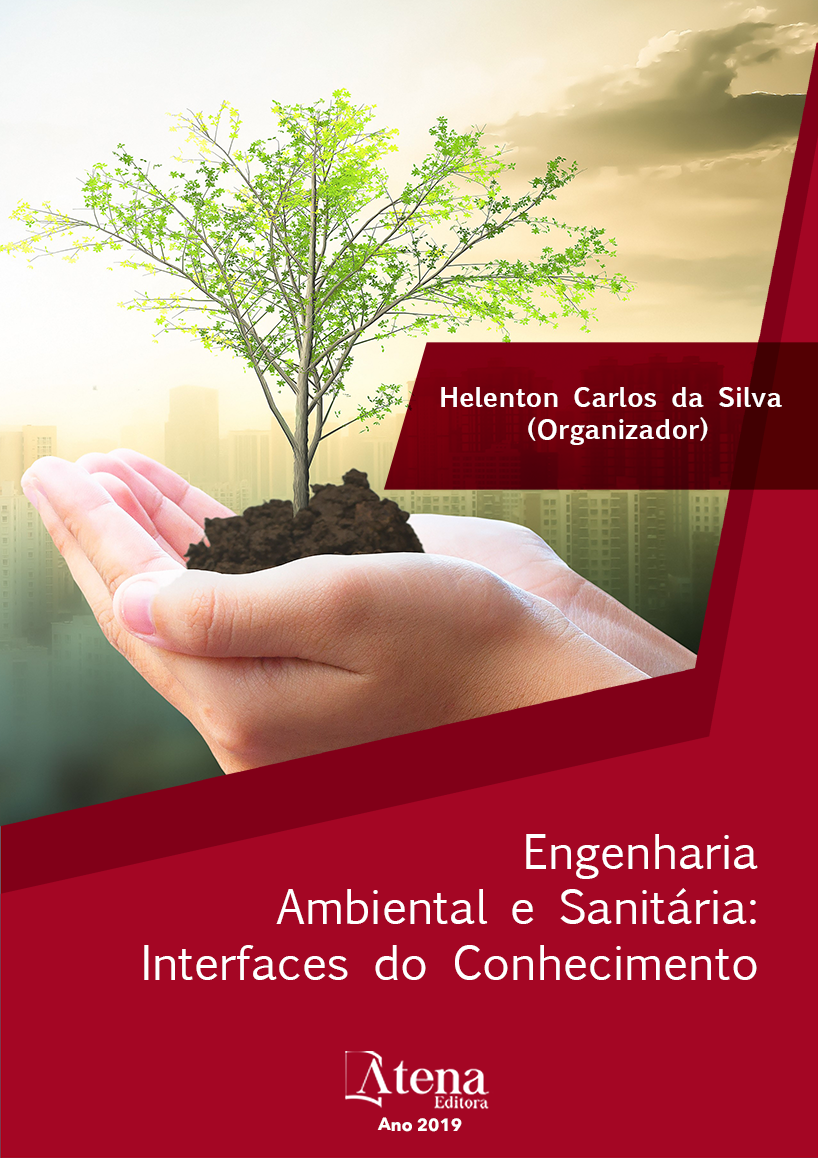
ESTUDO COMPARATIVO ENTRE AS CONCENTRAÇÕES DE HORMÔNIOS REPORTADOS EM MATRIZES AMBIENTAIS AQUOSAS NO BRASIL E NO EXTERIOR
Desreguladores endócrinos (DE), segundo a Environmental Protection Agency (USEPA, 2016), são agentes exógenos que podem imitar ou bloquear os hormônios naturais, como também estimular e inibir o sistema endócrino, causando subprodução ou superprodução de hormônios. Dentre os DE, existem os estrogênios naturais, que são excretados diariamente pela urina dos animais mamíferos; e os hormônios sintéticos, presentes nos anticoncepcionais. Essas substâncias, portanto, atingem as águas superficiais devido ao lançamento de efluentes domésticos, chegando até as fontes de captação para o abastecimento humano. O estudo relata dados de concentrações em diversas matrizes, publicadas em trabalhos entre 1989 a 2016, onde há a comparação das concentrações do Brasil e do exterior, dos hormônios 17α-etinilestradiol (EE2), 17β-estradiol (E2), estrona (E1) e o estriol (E3). Para afluente de ETE, a mediana brasileira do EE2 chega a ser quase 45 vezes maior que a mediana referente aos dados internacionais. Já nas águas superficiais, verifica-se que todas as medianas se apresentaram abaixo de 60 ng.L-1, porém as brasileiras ainda foram superiores, o que pode estar relacionado com a falta de tratamento dos efluentes domésticos no Brasil, uma vez que apenas 40,8% recebem tratamento. Na água tratada, todas as medianas internacionais mantiveram-se abaixo de 4 ng.L1, já as nacionais variaram de 1,5 a 472 ng.L-1, alertando para a saúde humana.
ESTUDO COMPARATIVO ENTRE AS CONCENTRAÇÕES DE HORMÔNIOS REPORTADOS EM MATRIZES AMBIENTAIS AQUOSAS NO BRASIL E NO EXTERIOR
-
DOI: 10.22533/at.ed.93519091013
-
Palavras-chave: Desreguladores endócrinos, concentrações ambientais, microcontaminantes, hormônios.
-
Keywords: Endocrine disruptors, environmental concentrations, microcontaminants, hormones
-
Abstract:
According to the Environmental Protection Agency (USEPA, 2016), Endocrine Disruptors (ED) are exogenous substances that can mimic or block the action of natural hormones, as well as directly affect the endocrine system causing the overproduction or underproduction of hormones. Among ED, there are mammalsexcreted natural hormones and synthetic hormones used in contraceptives. Therefore, these substances reach water bodies through sewage discharge, putting water catchment areas for human supply in risk. The present study compiles data of 17α-Ethynylestradiol (EE2), 17β-estradiol (E2), estrone (E1) e o estriol (E3) concentrations in different water matrices published between 1989 and 2016, which enables a comparation between Brazilian and abroad hormone concentrations in WWTP effluent, underground water, surface water and treated water. The Brazilian median concentration of EE2 in WWTP effluent is almost 45 times greater than the international median. In surface waters, all medians were bellow 60 ng.L-1. However, the Brazilian median was still greater than international median, probably due to the low rates of sewage treatment in Brazil, once only 40,8% of Brazilian sewage is treated. The international concentration mean in treated water kept bellow 4 ng.L-1 for all hormones, while Brazilian ones were between 1.5 and 472 ng.L-1, showing a human health risk.
-
Número de páginas: 15
- João Monteiro Neto
- Taiza dos Santos Azevedo
- Sue Ellen Costa Bottrel
- Renata de Oliveira Pereira
- Thamara Costa Resende


